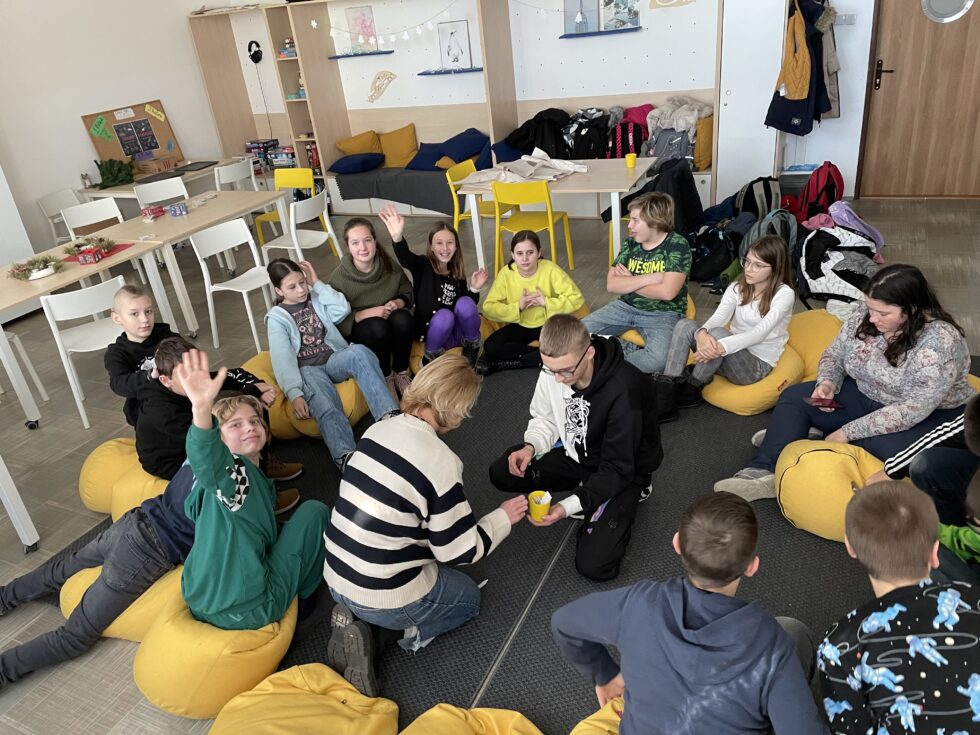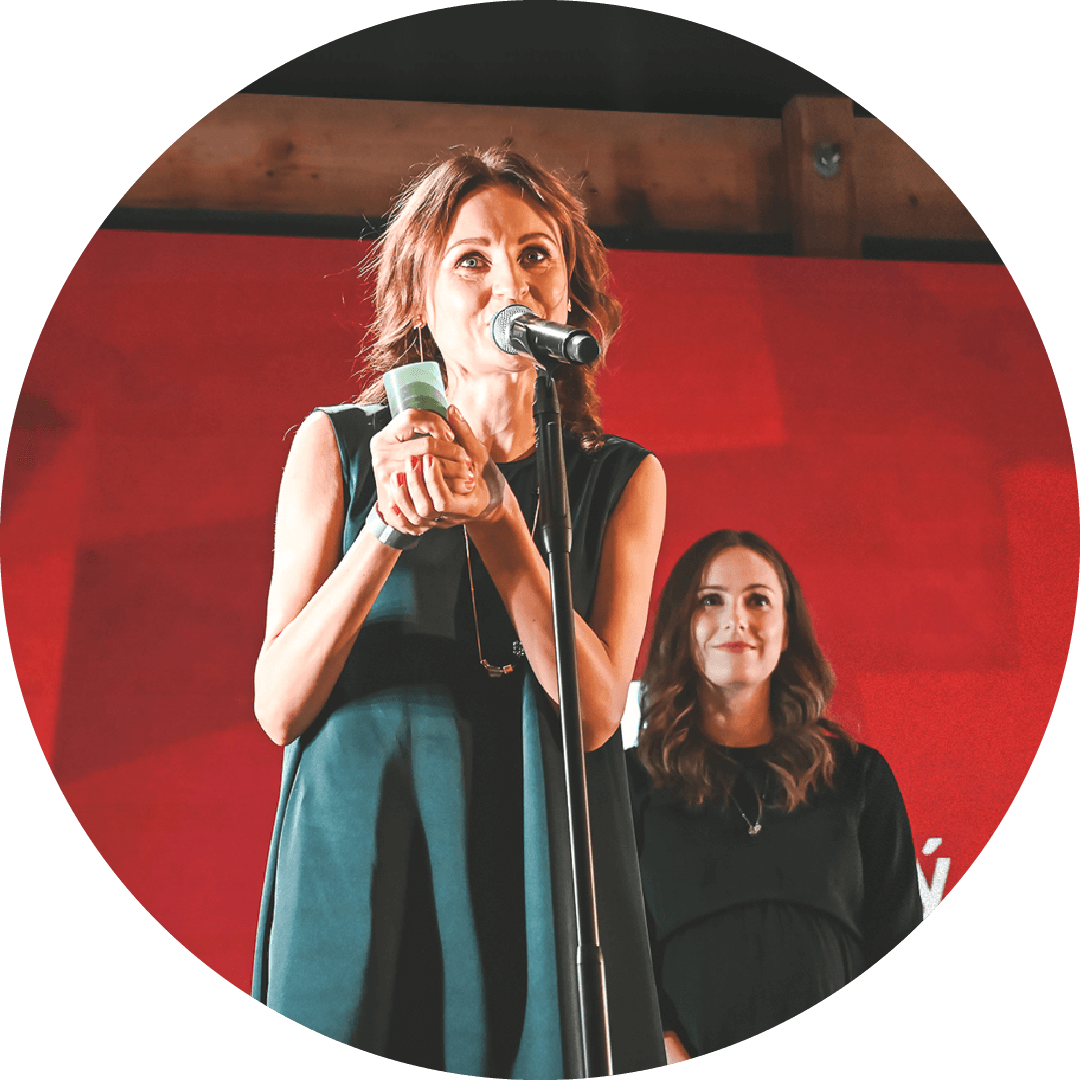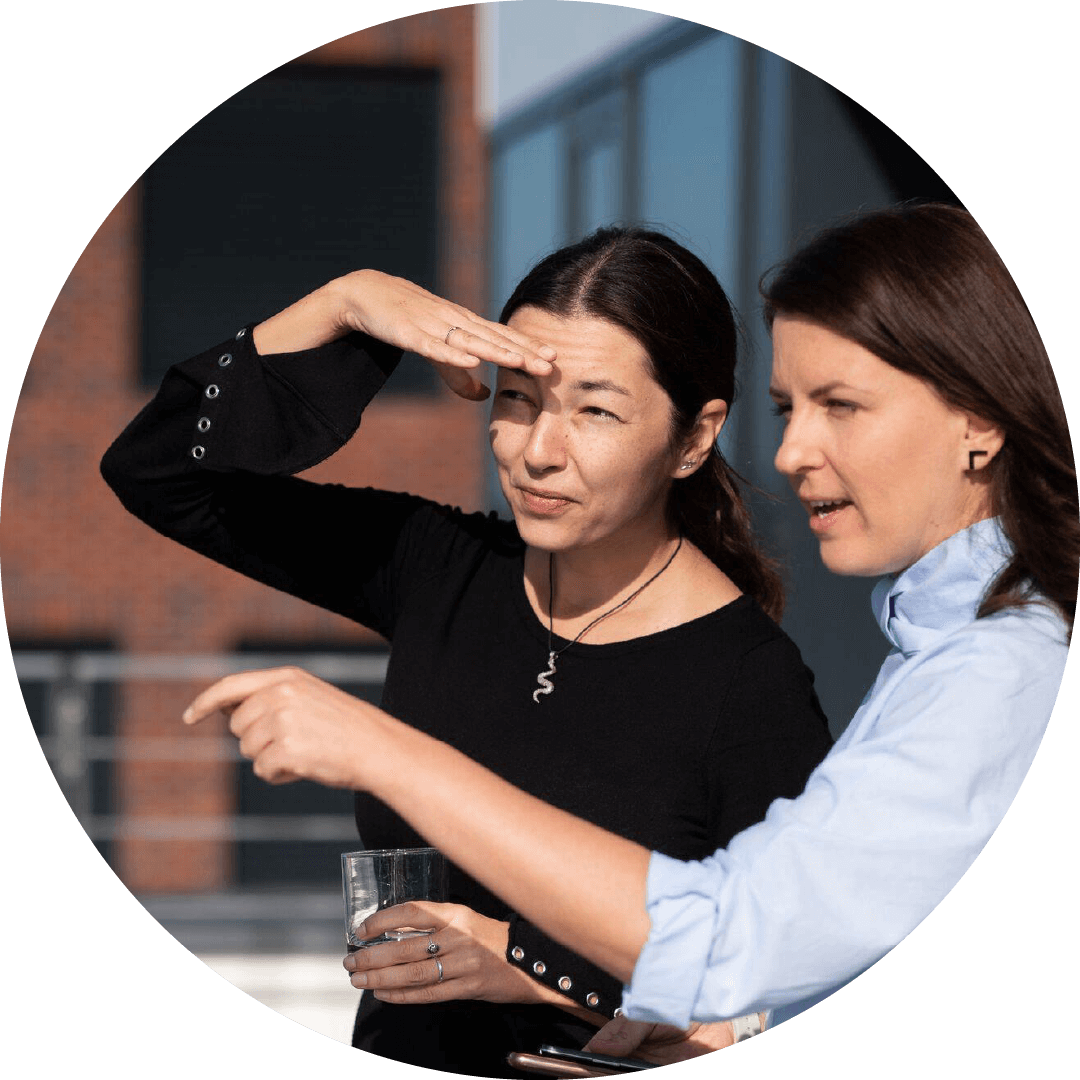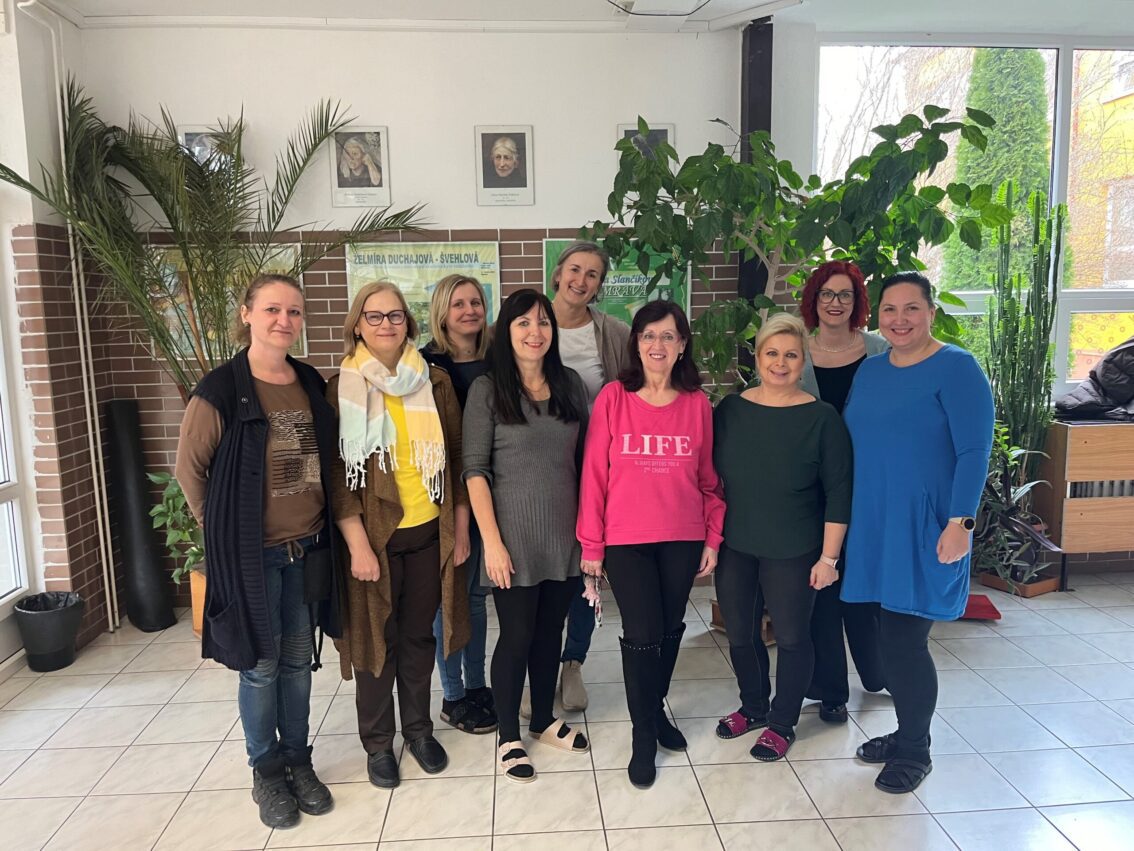Open Future from the perspective of the educators: We see higher motivation and better handling of critical situations within children
Beáta Krajčovičová, the principal of the Primary School with Kindergarten at 21 Maxima Gorkého Street in Trnava, praises the collaboration with our program. In a joint interview, which also involved other colleagues from her teaching staff, she notes that the students found support, meaningful time, and a safe space for growth in the Open Future Trnava Center under the leadership of former coordinators and the current coordinator Dominika Gerhátová.
The M. Gorkého Primary School in Trnava was the first place where we launched our program. You had the courage to join us, for which we are grateful. How did you perceive our Open Future program at the beginning when it came to your school, and how do you perceive it today?
“We always see it as positive when someone besides teachers and specialized staff is willing to work with our students. It is important for us considering the environment many children come from, but also many other problems children encounter at school, in virtual space, and outside the school. At the beginning, we had expectations stemming from ignorance about what it would specifically entail. We can say that we are grateful for your work. The feedback from students and parents is positive; they say children enjoy going there, they can chat and get support. We perceive the Open Future positively as children are shown new situations, encounters, and activities; students are satisfied, they have their refuge, and especially the space for self-realization. We regard each student as an individual, a person worth knowing, understanding their goals, efforts, appreciating their willpower, and various skills. This can also be done through enhancing digital skills, entrepreneurship, and soft skills. Here we see the intersection where the interests of the Open Future program and our school meet. That intersection is a common interest in educating and raising people who will be an asset to their future families, the city, the state. School is the place where the talented grow, but it also helps the less talented progress.”
In terms of reading and scientific literacy, the performance of Slovak students (15-year-olds) remained below the OECD average, as in previous cycles. Do you perceive any specific areas systematically missing in the educational process? If so, how does it show? (the following responses were formulated by the entire teaching staff)
“We believe that there is a lack of inner motivation in children to even read the text and work with it. It’s tedious and boring for them. It’s not just within reading literacy, but many students generally care little about their school performance. In the T9 testing, there are occasionally ambiguous answers to the posed question, where even adult teachers with experience struggle to answer. Countries that usually perform well eagerly prepare their students for these tests from the first grades. Children know what to focus on in testing, they are prepared and skilled. Memorization of knowledge still persists; students often get lost in what is important, what belongs together, they lack vocabulary and the ability to express themselves.”
Thanks to the work in the club, students can deal with everyday problems more easily
How do you evaluate the cooperation with our center?
“Children enjoy visiting your center; there is a pleasant atmosphere, opportunities for self-realization, communication, and feedback. Many also appreciate the small refreshments and, of course, the pleasant environment. We appreciate the cooperation even during the COVID period (lockdown), whether it was lending laptops or working in small groups with children. Students appreciate having meetings and activities divided according to age, as the difference between 12 and 14-year-olds is significant. Older students are calmer, more balanced. Activities aimed at choosing the right high school helped students in their choice of a suitable option, giving them greater overview and insight. Many students can work diligently, communicate, and are excited about new teaching methods and approaches. In this regard, the Open Future club certainly contributes to their better study and motivation to achieve something, to assert themselves in life. I am thankful for the presence of the center and for your work. It obviously benefited some children; they matured personally, which also manifested in their academic performance and their approach to education. They can also cope better with the difficulties they face.”
In our program we work with lower-secondary school students. This age is generally perceived by society as the most pivotal and sensitive. Children face many temptations, needless to say not always the right ones. Do you also perceive these topics as prevalent in your school?
“Definitely yes – topics like bullying, cyberbullying, discrimination or xenophobia are part of every community to a greater or lesser extent.”
Do you think our program has a direct impact on the behavior and thinking of children at this stage of life?
“We believe that you guide them to the right values, just like teachers do. So, it definitely has a positive impact.”
Can you provide a specific case or story of a positive influence on students who are part of the Open Future program?
“Former nine-graders still visit the Open Future center and they still enjoy it. This is also about the older students coming to help the younger ones, even though they don’t have to anymore. Current sixth graders rush to the club after the last class because they are looking forward to it.”







